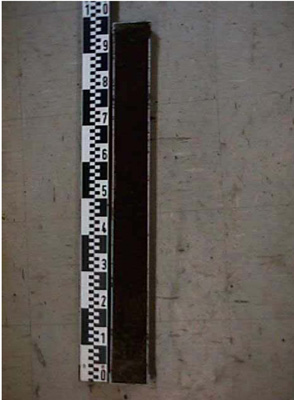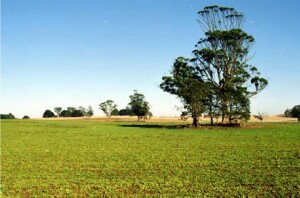BD6
|
| BD6 |  Melanic, Eutrophic, Red Ferrosol | |
| Dunnstown | |||
| Gently undulating rises | |||
| Quaternary basalt | |||
| Hillcrest | |||
| 3-7% | |||
Horizon | Depth (cm) | Description | ||
A1 | 0–37 | Dark reddish brown (5YR2.5/2); clay loam; strongly structured; friable; pH 6.0; diffuse boundary to: | ||
B2 | 37–81 | Dark reddish brown (5YR3/4); clay loam; strongly structured; friable; pH 7.0. | ||
| Management considerations | ||||
This soil is suitable for growing almost any temperate crop, given adequate water, but in the district is used for growing cereals, oil seeds, peas, potatoes, fodder crops, pastures and lucerne. Several successive crops can be grown with little deterioration in soil structure or fertility. The good physical structure makes this soil ideal for irrigation and the good drainage results in excellent winter growth of crops and pastures. However, this soil does dry out rather more quickly than grey soils and, as a result, spring growth finishes a little earlier than on grey soils. Because of this, some perennial pasture species (especially white clover and perennial ryegrass) may not persist well without irrigation. Subterranean clover and lucerne grow excellently on this soil. | ||||



